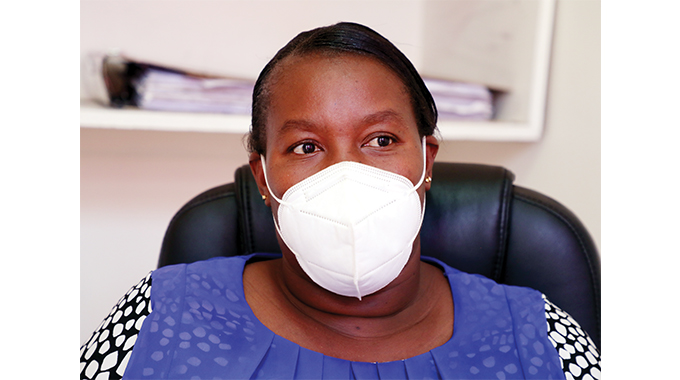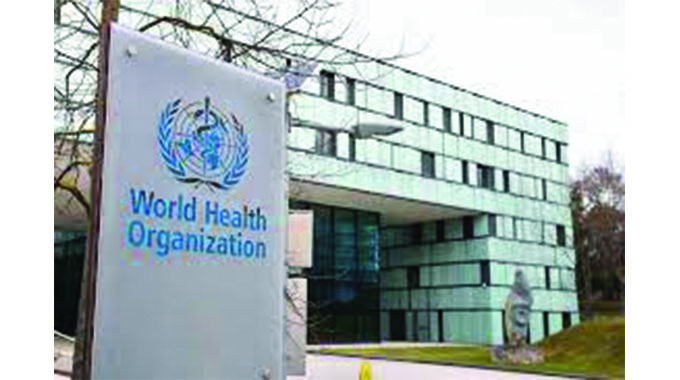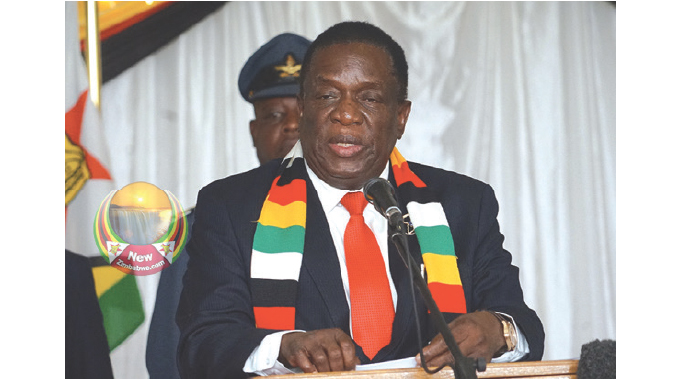20 percent survival rate for children with cancer

Thandeka Moyo-Ndlovu , Senior Health Reporter
Childhood cancers, although they cannot be prevented like other non-communicable diseases, can be cured with early and accurate diagnosis.
The survival rate of victims of childhood cancers in Zimbabwe is 20 percent.
The most common cancer is leukemia while other cancers that affect children include brain tumours, lymphoma and soft tissue sarcoma.
Symptoms and treatment depend on the cancer type and the stages. In 2020 alone, Zimbabwe lost 69 children to cancer, according to Kidzcan Zimbabwe, one of the few organisations that deal with childhood cancers in the country.
September is childhood cancer awareness month and as the month comes to an end, experts have called on parents and guardians to ensure children are screened for cancer early to improve their chances of survival.
The causes of childhood cancers are largely unknown and a few conditions such as Down’s Syndrome, other specific chromosomal and genetic abnormalities as well as ionising radiation exposures, explain a small percentage of cases.
According to the National Cancer Institute, a number of studies are examining suspected or possible risk factors for childhood cancers, including early-life exposures to infectious agents, parental and childhood exposure to environmental toxins such as pesticides, solvents, or other household chemicals.
On the other hand, parental occupational exposures to radiation or chemicals; parental medical conditions during pregnancy or before conception; maternal diet during pregnancy; early postnatal feeding patterns and diet and maternal reproductive history have been cited as part of causes of child cancers.
Researchers are also studying the risks associated with maternal exposures to oral contraceptives, fertility drugs and other medications; familial and genetic susceptibility and risk associated with exposure to the human immunodeficiency virus (HIV).

HIV – Image taken from Shutterstock
Kidzcan Zimbabwe’s health and awareness co-ordinator Ms Charity Kawadza said late presentation is also affecting the success rate of treating children living with cancer.
She said cancer in children is rare and 80 percent of childhood cancer cases can be successfully treated.
“Our work continues in saving lives of children with cancer and ensuring that their parents have knowledge of how to handle the situation. We however, have a number of challenges affecting progress which include unavailability of affordable paediatric cancer drugs in the country,” she said.
Ms Kawadza said inadequate resources which include drugs and financial capital for diagnostics also affects outcomes as most of the affected children present late when treatment can no longer cure the cancer.
“In Zimbabwe many children continue to die from childhood cancers due to late diagnosis, HIV and Aids pandemic and poor health standards. To raise the survival rate of children with cancers, parents and medical staff must be alert to the early signs of children’s cancer,” she said.
Renowned local oncologist Dr Tatenda Chingonzoh said the other challenge is that paediatric oncology services are only accessible from Harare, making it difficult for a majority who are suffering from the disease.
“We are yet to set up a paediatric oncology centre here in Bulawayo to cater for this region and at the moment all children with cancer are referred to Harare.
“Unfortunately, there isn’t much that parents and guardians can do to ensure that their children are screened early so that they receive treatment,’ she said.
The World Health Organisation estimates that every year 300 000 new cases are recorded in low-income countries like Zimbabwe, which have to work on providing treatment.

World Health Organization (WHO)
Childhood cancer victims are often forced to appeal for financial assistance as the treatment is not readily available.
One of them recently made headlines appealing for help to undergo her 11th surgery to treat xeroderma pigmentosum — a hereditary condition characterised by extreme sun sensitivity leading to a very high risk of skin cancer.
The girl — Letwin lost her left eye after radiotherapy was used to treat a tumour in one of her eyes. The condition also leads to ageing, meaning patients often look way older than their peers.
Letwin is in need of a bone marrow transplant. — @thamamoe











Comments